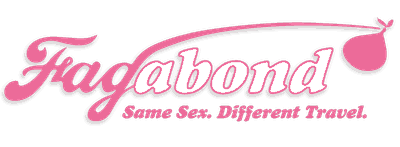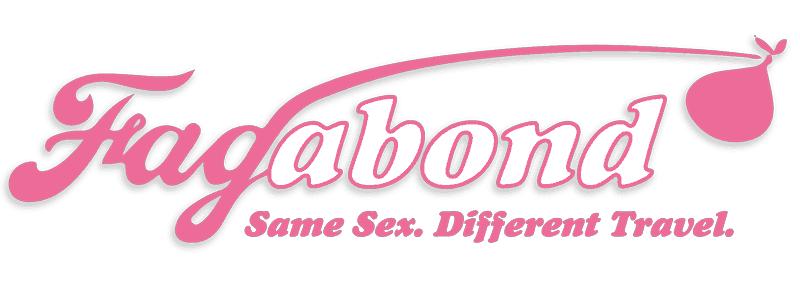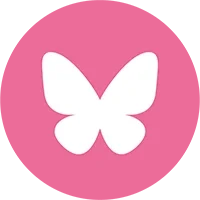 Had I been driving I would not have stopped here. But I was lured from the sidewalk by an open gate and the mysterious buildings beyond. There was a Moorish structure with a minaret, another was Italian with a loggia, a third had a fleur-de-lis on a chimney. It was as if a snow globe village had been dropped onto Sunset Boulevard. At the back of the hushed lot, a stone statue, naked to her hips, stood sentry.
Had I been driving I would not have stopped here. But I was lured from the sidewalk by an open gate and the mysterious buildings beyond. There was a Moorish structure with a minaret, another was Italian with a loggia, a third had a fleur-de-lis on a chimney. It was as if a snow globe village had been dropped onto Sunset Boulevard. At the back of the hushed lot, a stone statue, naked to her hips, stood sentry.
I would later learn that this is where a Jazz Age gangster named Charlie Crawford was murdered. In 1936 these fanciful buildings, commissioned by his widow, became Crossroads of the World, the first pedestrian outdoor shopping mall in Los Angeles. In the 1940s it was recast as an office complex, attracting such tenants as Alfred Hitchcock. Today, the complex calls to mind the scene in “Big” where Tom Hanks returns to an abandoned fairground in search of a wish-making machine. There’s magic in the air, even after the carnival has come and gone.
Visit Los Angeles as a solo traveler and you’ll find few better ways to unmask the city’s hidden-in-plain-sight history, meet other people and imbibe responsibly than to be car-free. (And consider the money you’ll save on gas and valets.) This is not to scorn the car, which offers its own pleasures. It’s a symbol of freedom and, at its most inspired, art. The poet Gary Snyder has written of “the calligraphy of lights on the night freeways of Los Angeles.” And, as Reyner Banham put it in “Los Angeles: The Architecture of Four Ecologies,” the city’s freeway system is “one of the greater works of Man.”



